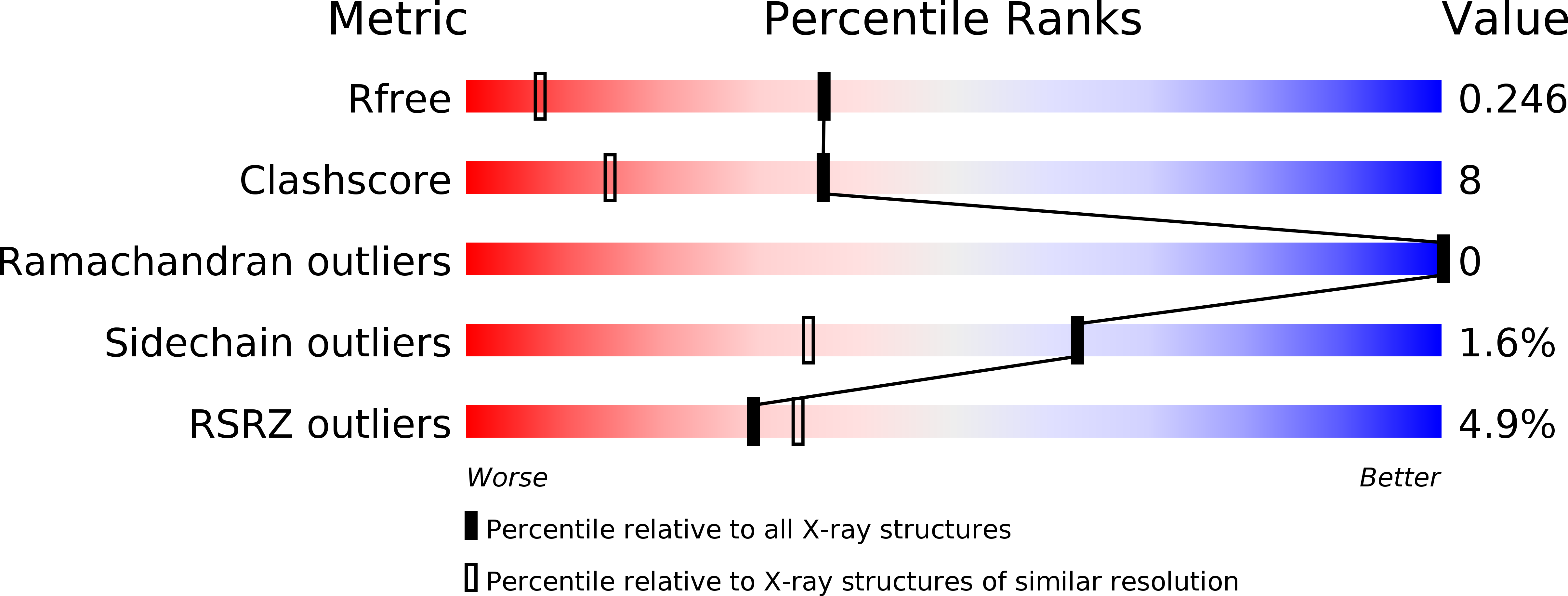
Deposition Date
2007-05-22
Release Date
2007-12-11
Last Version Date
2024-11-06
Entry Detail
PDB ID:
2V1B
Keywords:
Title:
N- and C-terminal helices of oat LOV2 (404-546) are involved in light-induced signal transduction (room temperature (293K) light structure of LOV2 (404-546))
Biological Source:
Source Organism:
AVENA SATIVA (Taxon ID: 4498)
Host Organism:
Method Details:
Experimental Method:
Resolution:
1.55 Å
R-Value Free:
0.21
R-Value Work:
0.16
R-Value Observed:
0.16
Space Group:
P 21 21 21


